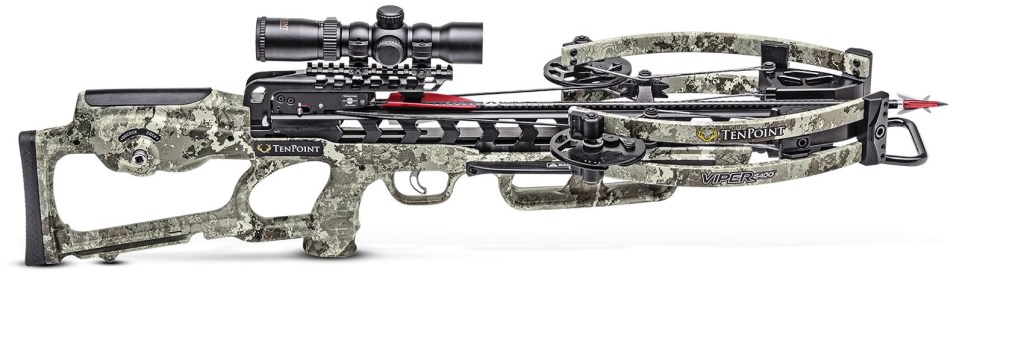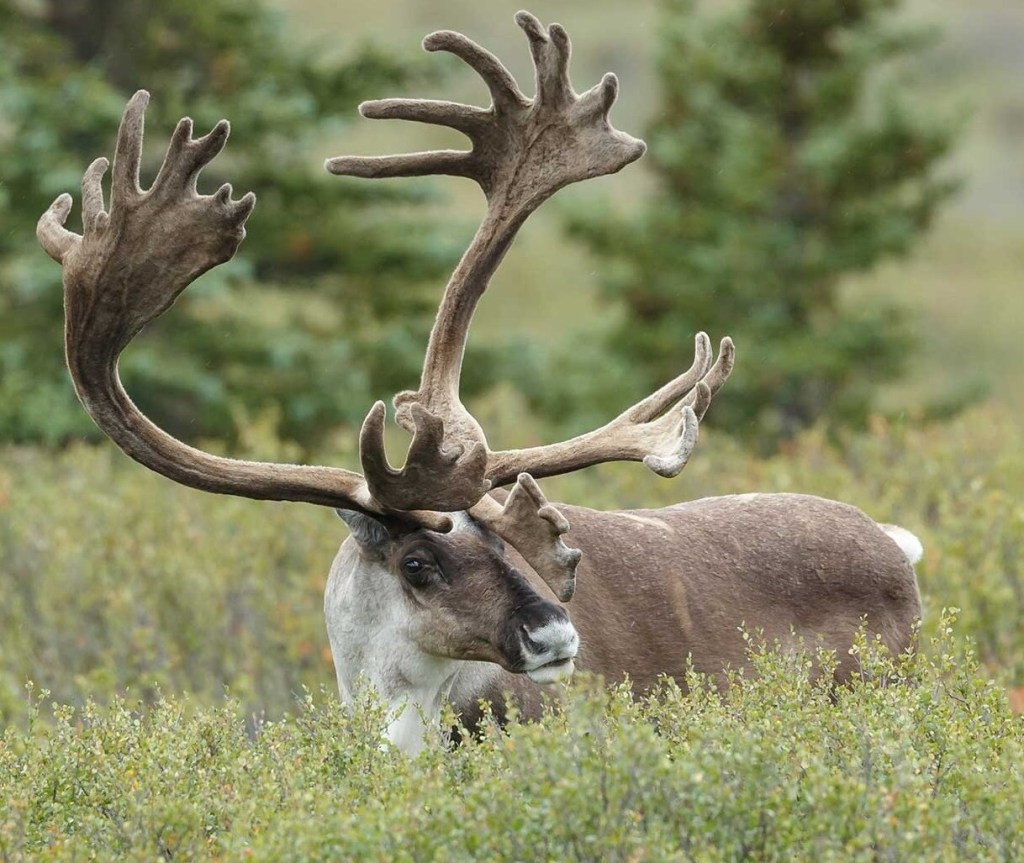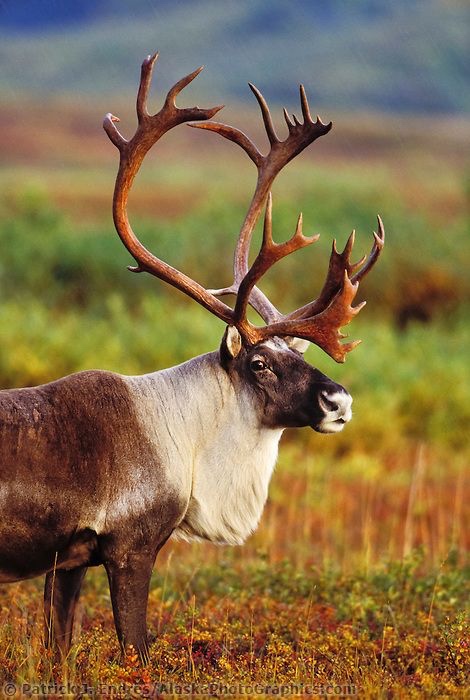
———————
If you are going caribou hunting in the Canadian Tundra, read this before you leave. It might save your life.
Foremost, you never call it a hunt over here. It is a ‘harvest’. You are going to harvest a deer, not kill it against it’s will. This is a wildlife conservation country. You conserve by killing, oh yeah.
In the west, you learn to couch your words. Forcibly kidnapping and transporting for the purposes of torture is rendition. Cancelling a supplier’s contract without reason, just because you can, is making a usage decision. The list of humans that are chosen by the CIA for targeted assassination by drone strikes is the disposition matrix.
But I like calling a spade a spade. It is a hunt you have chosen to go on. You will be killing in cold blood a living being who never did you any harm.
————————
Let me digress a bit here. This is called an ‘aside’ when a genius blogger veers slightly off topic, with a view to enlighten…
Australian moral philosopher, Peter Singer, speaks of ‘bio-ethics’ in his book, “Animal Liberation”. He asks us to imagine a really intelligent orangutan like say, Clyde, in the 1978 Clint Eastwood movie “Every which way but loose”. Clyde, a highly trained orangutan, acts like he is human. Even untrained Orangutans are known to be very intelligent and to display human-like emotions.
Now, compare Clyde with a child with Down Syndrome or a cognitively impaired woman stricken by Alzheimer’s. It is quite possible that Clyde might trump the above two humans in all those qualities that we take pride in as setting us apart from animals. And yet we would treat that child with Down Syndrome and that woman with Alzheimer’s with far more deference than we would treat Clyde.
So here’s the question – is it okay to stalk and kill an animal to eat it’s meat or simply for the sport, because we can? One argument is yes, it is okay to kill animals. Our digestive systems and taste buds are attuned to eating meat. We have evolved to be more intelligent and be smart enough to snare and consume. It’s the ‘cycle of life.’
The opposing argument asks us to imagine this .. ‘We men are physically stronger that women and if one assumes level of intellect between genders to be equal, men should be considered superior, so why should women have equal rights? Take slavery. Surely, there is no question white colonists were smarter than the black African natives – just as we humans are smarter than other living beings. If it is okay to hunt, why should slavery be condemned? Why shouldn’t the ‘cycle of life’ argument also apply to slavery?
——————-
My aside is over and if you still want to go harvest some caribou, read on..
It is September – caribou season, a one-month window when the Quebec Ministière de Forêts, Faune et Parcs permits you to hunt caribou. The period, coming just before the mating season begins, is well chosen. It is the time when the prey, getting horny and wanting to fuck, practices the least caution and emerges out in the open. It is the period when an animal is most vulnerable, easiest to kill.
Yeah, there is a designated season for everything. The MFFP designates the season for the type of device you can hunt with, the species, the number and even the gender of prey. The hours when you can hunt are restricted – usually a half hour before sunrise to a half hour after sunset. The zones where you can hunt, the kind of vehicle you can use to travel inside the hunt zone, when and where you can use hunting dogs or falcons, every tiny aspect is regulated. Break those regulations and you are looking at hefty fines upwards of $5000, confiscation of your firearm, license and even your truck and gear and worst, a ban if you display dangerous negligence.
Then there are the ‘random draws’. If you are a resident local, you can enter the random draw and win a tag to hunt one adult female deer or moose, over and above your regular quota of tags. Otherwise, hunting females is banned. You could also win a tag to go hunt inside protected wildlife reserves that teem with prey. That is permitted when the conservation folks at the MFFP deem it necessary to cull.
Notice that I keep referring to the word ‘tag’. A tag is a permit additional to your regular hunting license. You need to have the hunting tag on you when you are on a hunt. Non-compliance can land you in serious trouble if a ranger catches you without a tag. One tag gives you the right to harvest one animal. It is a piece of paper that specifies all the stuff that you can do, such as the type of game (deer, moose/elk, bear, boar or antelope). It is a form that has boxes on it that you’ll need to check if you kill an animal, the date and time of the harvest, the location and the sex and other descriptive features of the prey (eg: the number of points on the antler, etc).
The widely accepted way to mark a tag is to punch out (make a hole with your knife) the sections corresponding to the correct information pertaining to your hunt. So when someone says he “punched a tag” or “filled a tag”, it means he had a successful harvest. If a hunter says he had to “eat his tag” it means that he was unsuccessful, ie: instead of eating fresh wild game he is stuck dining on his permit. “Mmm, yummy tag sandwich…”
So, let’s say you punched your tag. Now you need to present the animal along with the duly punched tag at the nearest designated ranger station and the ranger will staple the tag to the animal’s ear. Up until then you are not permitted to decapitate the animal.
Wait, you’re not done yet. Load the animal back on your pick-up truck and drive to the boucherie. The boucher (butcher) will wait for the rigor mortis to pass which takes around 24 hours. He will then ‘dress’ the animal, which means skinning and removing the innards. Afterward, he will hang the animal up by it’s two hind hooves, inside a refrigerated room where the temp is maintained at around 0°C. He will leave it hanging there for around 5-7 days, to break down the collagen and allow the meat to age and gain tenderness and flavor. 2-3 decades prior, they left carcasses hanging outside in an unheated barn or shed but Septembers are a lot warmer now, so the fridge room.
After the visit to the boucher, you are done. Get back home and celebrate with a bottle of wine the fact that you murdered a living being who, given the option, would probably have liked to live on.
—————————
Let’s check out your weapon. You have brought along your TenPoint Viper. You have chosen well. A cross-bow is noiseless, except for the click of the latch and the twang of the string, hardly audible and easily drowned out by the howling wind. At 60 yards, the crossbow’s range might seem little but that won’t be a problem since the caribou don’t seem to mind it if you get real close.
So you get close, rest the barrel on something hard, aim and let loose. The Viper won’t start a stampede. A gun might.

I remember the last time I used my Viper. It was on a moose hunt in 2016. The doe didn’t know what hit her, dead before she hit the ground. The bolt had pierced the left shoulder and exited through the right, not forgetting to bore a neat hole through her heart. After it exited, the arrow went on flying through the air with barely diminished momentum, disappearing in the brush beyond. I located and retrieved it, buried upto the fletching in the ground twenty feet beyond, it’s jagged saw tooth titanium point flecked with bone and sinew.
————————
Now lets backtrack to the caribou. A close cousin of the more popularly known reindeer, the caribou has the same magnificent antlers but is larger and heavier, adults sometimes weighing in at around 350-400lbs. Dressed and cleaned, a caribou will provide you upwards of 100lbs of fresh succulent meat. You won’t need to go to Costco for 6 months.
The other basic distinction is that while the reindeer can be domesticated, the caribou cannot. You won’t see any pet caribou but go up north and nearly everybody has a pet reindeer or two. The caribou is also the only deer species to have antlers on both, the male and female. In other types of deer, females do not have antlers.


Unlike the moose or the whitetail, caribou roam in large, tight herds of hundreds, sometimes thousands. And like any beasts that live in a herd, they are way dumber – misled by the faux security in numbers. It makes them easier to kill. From the hunter’s perspective, there’s no thrill in the chase. A caribou herd is too closely packed. There are just too many of ‘em. All you need to do is aim in the general direction and you’ll have your allotted five kills.
But nature has given the caribou an even chance at survival, a compelling one that keeps them from being hunted with the same gusto as the whitetail and the moose – it is their habitat, a barren forbidding sub-zero expanse where the sun never sets in summer and never rises in winter, where if your frozen fingers fumble to cock your rifle or latch your crossbow bolt and aim within a few seconds at an approaching bear or wolf pack, it may turn out to be you that is the prey.
We have gotten too used to our creature comforts. Today’s hunter doesn’t want to fuck around in the -20° cold and face the very real possibility of losing the tips of his fingers and nose to frostbite, when he can just drive an hour east of Montreal and get a nice juicy whitetail, tag and register the kill, drop the animal off at the neighborhood boucherie and be back home by sundown. After 10 days, you drop by the boucherie and collect your 80lbs of succulent venison, in the form of neatly chopped and shrink-wrapped portions, take them home and stick them in your basement freezer. The whole hunt will cost you less than $200 including gas.
In comparison, a caribou hunt is a $15000 grand adventure, a northern safari, thousand miles from home, on barren land hundreds of miles north of the tree line.
———————
The first goal on a caribou hunt is not to punch your tag. It is to make sure you have the tools you need to survive the elements and get back home alive. Besides your Viper, bolts and paraphernalia, you packed your Bushnell Trophy binoculars, Galvatron flashlight, Nikon Weatherproof, battery packs and truck charger. And sunscreen and chapsticks. Dry skin and sunburn are omnipresent above the 60th parallel. Then there is your ‘peepee and kaka stuff’ – toilet paper and baby wipes.
You could pack a handgun, like a lightweight Glock, for emergencies(like frisky bears and wolf packs), but be aware that handguns are banned during season. But if you weigh the risk of being mauled against a fine, you would choose being fined wouldn’t you? A Glock however is not an absolute guarantee. It is just a fighting chance – if you broke your ankle and you’re lying in the snow, your back resting against a granite outcrop and you are trying to figure out how long it will take to drag yourself to the truck which is idling just beyond that ridge over there and at the same time, you are watching a large brown bear (otherwise known as ‘Grizzly’) approach, the chances he will get to you first and hurt you real bad are very high. It will have to be a head shot, right between the eyes, if you want to come out alive. Personally, I practiced at the range at Dorion for that eventuality, before I went on my one and only caribou hunt.
And medication. Pack a suitcase-sized first-aid kit that has, besides wound dressing paraphernalia, pill bottles of Tylenol(pain), Imodium(diarrhea) and Dramamine(motion sickness). Dramamine, because the rides (including the hair-raising ten-seater flight to the destination) are bumpy.
And chocolates – lots of Mars, Coffee Crisp and O’Henry bars. Nothing like chocolates to quell hunger and keep you warm.
————————
This is the Canadian Central Barren Ground, otherwise known as the Tundra. The caribou here are the almost white “barren ground caribou”. If you choose to hunt a little ways down south, but still above the tree line, you’ll come across the slightly dirtier-grey “woodland caribou”. Both species do not believe in migration. Dumb as doornails that they are, they just stay put and wait for you to come get ‘em. Here September is late fall.
Your Casio Rangeman says its 2pm and the temp is -20°C with wind chill. By late November it will have crossed -40°C. You have been outside the shack two hours and already the tips of my fingers and toes are numb and you are beginning to lose feeling in your feet, even with your fancy thermal socks on. That is a sign that you don’t have much time left before you have to get back inside the truck.
You are 20 miles south of Whapmagoostui, a Cree native American village (population : 20) at the edge of James Bay, the little spit of water which makes the 500,000 sq.mile Hudson Bay look like it is sticking its tongue out at the rest of Canada.
Tundra Adventures, the outfitters, had provided the charter flight to haul you over to the nearest airstrip at Kujjuarapik from Gaspé, where you had left your F150 at the parking lot of the Auberge sous les Arbres hotel. For 15,000 smackeroos you got a fully stocked shack at the site, a skiddoo (snow mobile), a Toyota Tundra with 100 free gallons of gas (ten bucks a gallon thereafter), a satellite phone and an insurance policy (subject to having a valid driving permit and hunting license). The policy included a free airlift to the nearest emergency ward, wherever that might be. Of course, you would have to be able to get your frozen fingers to dial the emergency number on the phone. Frostbite and hypothermia are unforgiving to fingers.
The Pilatus PC-12 with it’s single Pratt and Whitney PT-6 turbo-prop had been a scary flight. The forbidding sight of the terrain 12000 feet below was scary – sapphire blue lakes and snowy white pines, little patches amid a horizon to horizon expanse of white nothingness. If the Pilatus went down in there and you somehow survived the crash, you were a dead man for sure. Even a satellite phone wouldn’t save your ass in time for the medevac to arrive.
There had been six others in the charter flight, four hunters just as insane as you and two local Cree businessmen. The four were hardened arctic hunters – thrill seekers who had done this multiple times and got a kick out of, much like the American alpinist, Dave Hahn, who kept going back to the Everest, fifteen times between 1999 and 2013.
You learned that the four had always hunted in a group, but you are alone. Lone Daniel Boones are rare and they command a certain respect in the tribe. The four admired your spirit for that reason.
You are of course stupid to be alone. The Tundra is singularly unforgiving toward folks who venture out into the wilderness alone. The chances of your making it back in one piece, not frost-bitten and not bear-mauled, are less than four in ten when you’re alone. You won’t hear a bear coming until it is lightening your weight, removing pieces of skin and flesh off your back. If its any consolation, he won’t eat you. Bears don’t enjoy human flesh. He will just want to maul you to death, that’s all.
Or say your Toyota Tundra broke down on the hard-packed ice thirty miles from Whapmagoostui. Or maybe you just switched off the ignition, inadvertently. In the Tundra you don’t switch off the ignition. From the time the outfitters handed you the keys to the truck, right up until you hand them back three days later, the engine will be running, non-stop. You just have to keep gassing it up, time to time.
But it can happen – the Toyota is a machine after all – and when it does pack up, that is another way to die in the Tundra. For that reason, Caribou hunting is always done in groups of at least four, in two trucks.
Another reason for the multiple hunting buddies is you are permitted by law, four caribou per person and you’ll get your four kills within the first couple of days, easy. But if you are alone, what are you going to do, carry their 300-lb bulk all on your back all the way to the truck? And if you have shot two at the same time – when you’re back for the second carcass, there’ll be just blotches of blood left on the snow and a pack of twenty timber wolves, a welcoming committee waiting to tear you to pieces.
But then you are just that – a loner – and you are prepared to face the challenges that come with being one. The 18-round Glock in your jacket won’t save you from a wolf pack. They will keep coming at you. But it will scare away a bear for sure.
There you have it. Now go get ‘em.
